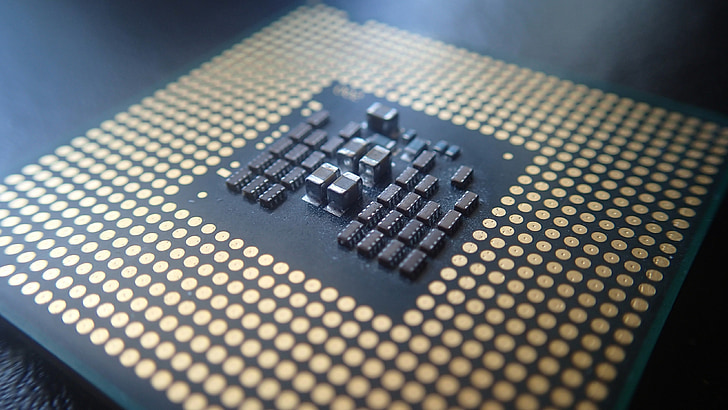
A Bluetooth module is a device that allows wireless communication between two or more devices using the Bluetooth protocol. Bluetooth is a short-range wireless technology that operates in the 2.4 GHz frequency band and can support data rates up to 3 Mbps.
There are different types of Bluetooth modules available in the market, depending on their features and specifications. Some of the common types are:
- Bluetooth Classic: These modules use the Bluetooth Basic Rate / Enhanced Data Rate (BR / EDR) standard and are suitable for applications that require high data throughput and low latency, such as audio streaming, file transfer, or wireless keyboards and mice.
- Bluetooth Low Energy (BLE): These modules use the Bluetooth Low Energy standard and are suitable for applications that require low power consumption and long battery life, such as sensors, wearables, or smart home devices. BLE modules can also support mesh networking, which allows multiple devices to communicate with each other without a central hub.
- Dual-mode: These modules can support both Bluetooth Classic and BLE standards and can switch between them depending on the application. Dual-mode modules offer more flexibility and compatibility with different devices.
To use a Bluetooth module, you need to connect it to a microcontroller or a computer via serial communication (UART) or other interfaces (SPI, I2C, USB). You also need to configure some parameters of the module, such as its name, baud rate, pairing mode, security level, etc. You can do this by sending AT commands to the module using a terminal software or an app.
Once you have configured your module, you can start communicating with other devices using the Bluetooth protocol. You can either initiate a connection from your module (master mode) or wait for other devices to connect to your module (slave mode). You can also scan for nearby devices (inquiry mode) or make your module discoverable by others (advertising mode).
Some of the benefits of using a Bluetooth module are:
- It enables wireless communication between devices without wires or cables.
- It supports multiple profiles and services for different applications.
- It has low power consumption and long battery life.
- It has high security and encryption features.
- It has wide compatibility and interoperability with different devices.
Some of the challenges of using a Bluetooth module are:
- It has limited range and bandwidth compared to other wireless technologies.
- It may suffer from interference from other devices operating in the same frequency band.
- It may require additional hardware and software components for integration.
In conclusion, a Bluetooth module is a useful device that can add wireless functionality to your projects. You can choose from different types of modules depending on your needs and preferences. You can also configure your module easily using AT commands. You can then communicate with other devices using
As a professional manufacturer of low power Bluetooth module, Tecksay has independently developed and produced a number of BLE Bluetooth modules that have been applied to many industries. With more than ten years of industry experience, Tecksay can customize BLE embedded solutions for customers from design, project management, function customization, system development and other aspects.



